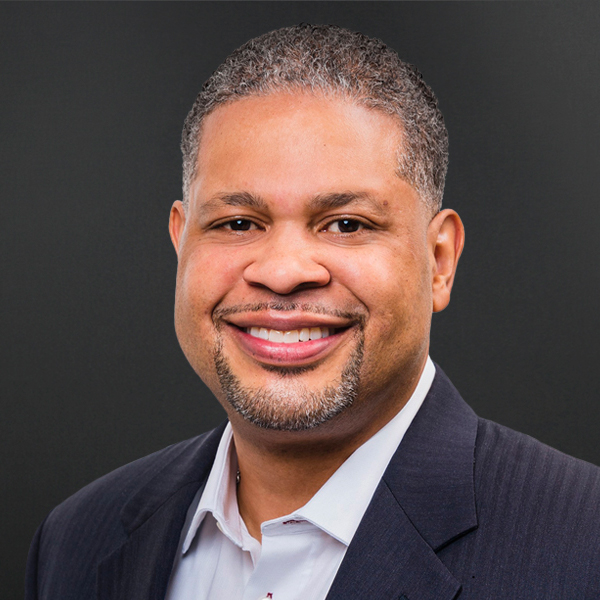
To Boldly Go Where Our Space Customers Will Need to Be
As senior vice president of SAIC's newly formed Space Business Unit, here is where we're heading in my first 18 months
 03-08-2021
03-08-2021
 David Ray
David Ray
 SPACE
SPACE
I have this radical idea of telling people, even those not in my organization, what I intend to do and then going out and doing it. The thing is, I don’t pretend that I can do it on my own, and I am fortunate to be able to rely on people who know what we are doing and where we are going.
As the senior vice president of SAIC’s Space Business Unit, I lead a few thousand of the world’s smartest space professionals. We intend to do great things. It’s going to be a journey, and I am inviting all of you denizens of the interwebs (yes, I said that), to follow our progress. Journeys are born out of questions. “What happens when we pass over the horizon?” “What happens if we mix this with that?” “What happens when I push this button?” “What happens when we get to that planet?” That’s why our journey starts with four questions.
Question 1: How will SAIC further define our identity going forward as a significant contributor of innovations and solutions to America’s space missions?
SAIC has a rich history in systems engineering, integration, and transformation across all space markets — Department of Defense, intelligence community, and civilian agencies. Our understanding of these markets and how we can focus our skills to the entire space value stream will be a key accelerator for us and our customers’ goals of building resilient yet flexible and cost-efficient space architectures, systems, and solutions that enable joint, collaborative engagements across all space stakeholders.
Question 2: How are we aligning SAIC with the future needs of our space customers?
Space is about tomorrow, and we are constantly looking at ways to bring the future into the present with innovative and transformative solutions and strategic commercial partnerships. We are ushering in flexible and effective alternatives to what’s traditionally available to our customers. We pride ourselves in applying our mission knowledge and digital engineering expertise to bring about accelerated space capabilities in more timely and cost-efficient ways in an ever-changing environment.
We plan to use our long history of service to U.S. space endeavors and our expertise in emerging technologies to make positive impacts not only to traditional space services where SAIC is involved today but also to areas such as small-satellite integration (think Space Development Agency) and architecture development and common ground systems acquisition. We can pivot to a more mature space-as-a-service model, where we are able to provide on-demand capabilities, services, and solutions to our customers.
Question 3: How are we bringing the best of the best to space organizations?
We know that our various customers have unique requirements, but we also know that the successes of one can leap to others. We are investigating how best to bring excellence across defense, intelligence, and civilian space objectives. This is a big reason why SAIC has created a Space Business Unit, harnessing the talent and minds we have in our company to our customer spectrum and building a unified approach across all space domains.
As part of SAIC’s reorganization, our Strategy, Growth, and Innovation group will ensure that our people and their talents invest time and research and development in areas that will lead to the most impact and success for our customers.
Question 4: How is SAIC accelerating?
No one likes waiting, and we are seeking ways to intelligently realize dreams faster — whether it’s acquisition, design, or development. Speed requires three things: focused strategy, focused investment, and focused talent. Creating the Space Business Unit and a focus on digital engineering is part of the steps in driving SAIC’s lasting impact on the space domain for years to come. We have to ensure that we continue to move at a pace that allows us to stay ahead of the ever-changing market, putting innovative and persistent capabilities into our customers’ hands.
So, buckle up! It’s gonna be a fun ride!




